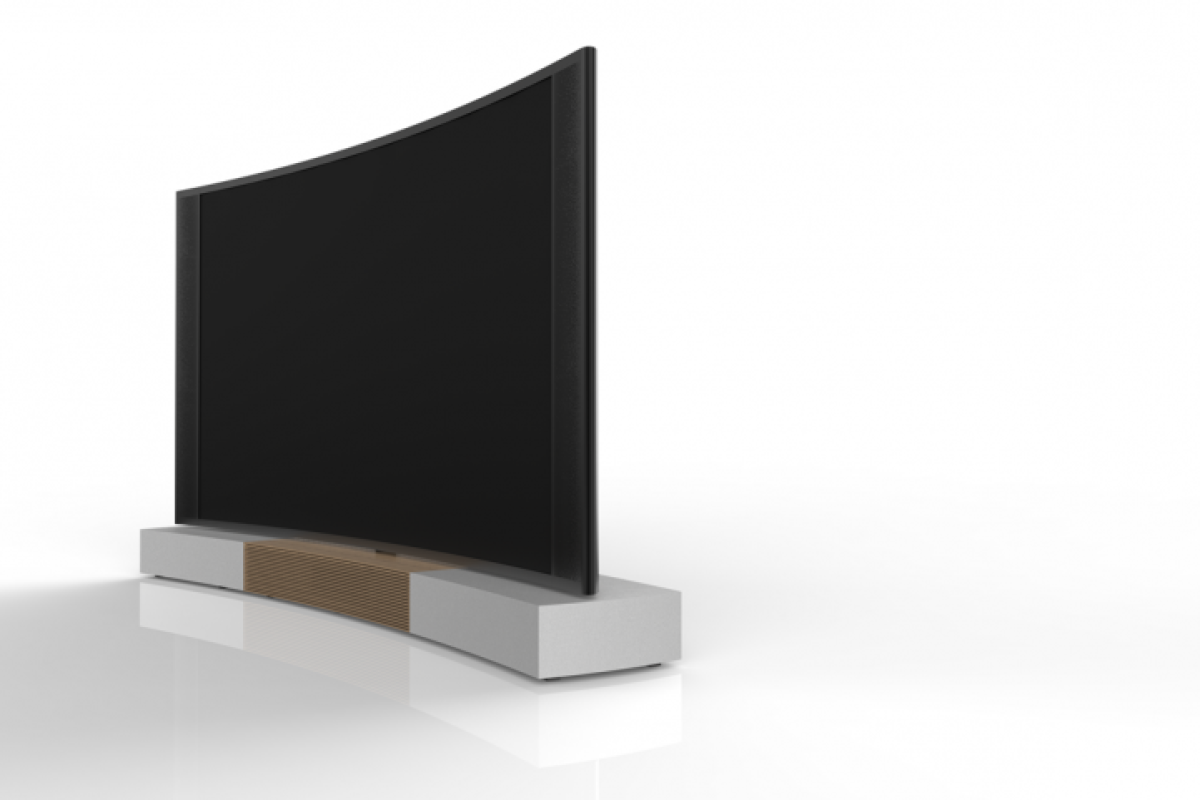Over the last year or so, we've seen a number of curved TVs hitting the market. Sure, they look slick and stand out from the crowd, but what, if anything makes a curved TV better than a flat one when it comes to your viewing pleasure?
One of the biggest marketing hooks upon which curved TV manufacturers like LG and Samsung are hanging their hats is the idea that curved TVs provide better a better viewing experience, and there is some scientific evidence to back up the claim.
Oshin Vartanian and colleagues at the University of Toronto's Department of Psychology have been working in the the field of neuroaesthetics. This is the study of what neurological factors play a role in the things we find pleasing to the eye, or not. Research by Vartanian and his team suggests that we naturally find curved objects more pleasing than those with straight edges.
Whilst he acknowledges that curved TVs "provide some flair," Dr. Raymond M. Soneira of display diagnostics and calibration company DisplayMate argues that whether or not we like a curved TV more or less than a flat one is still primarily a subjective matter. Soneira, who earned a Ph.D. in Theoretical Physics at Princeton, says there are other, more tangible benefits to a curved screen.
Soneira explains that the concave shape reduces the number of reflections on a screen by eliminating certain angles from which they can be created. "This is very important for a display technology that produces excellent dark image content and perfect blacks, because you don’t want that spoiled by ambient light reflected off the screen," says Soneira.
He also says that curved TVs improve the viewing experience for individuals sitting off-center. Soneira explains that the curve of the screen works to eliminate some of the unintended "foreshorteneing" caused by sitting to one side. That is to say, images displayed on the far side of the screen that would otherwise look unnaturally small compared to images on the near side of the screen due to the larger viewing distance are, in fact, equalized to some extent by the curve.
Soneira also points out that the curved shape keeps the screen at a more uniform distance from the viewer's eyes when they are sitting centrally. This reduces the slight visual geometric distortion caused by the fact that the sides of the TV are further away from the viewer than the center when looking at a flat screen.
This more uniform distance from the edges and the center of the screen to the viewer's eyes is something to which Samsung, amongst others, has argued there are other benefits. By bringing forward the sides of the screen, a curve effectively increases size of a TV as perceived by the viewer. This is because it subsequently fills more of the individual's field of view.
Samsung also argues that curved screens deliver a greater sense of immersiveness and that the more uniform focal distance minimizes viewing distortion at the sides of the screen. Based on an average living room viewing distance of around 3-4 m (10-13 ft), the firm says that 4200 mm (13.8 ft) is the optimal curve radius to ensure a uniform viewing distance across the screen.
So it would seem that along with their futuristic looks (which let's face it, is a perfectly valid reason to buy one for many consumers), there are some tangible benefits to curved TVs. Whether or not these justify the significant price hike over their flat counterparts is another matter entirely.
What's your take on curved TVs? We'd love to hear from readers who have taken the plunge.




